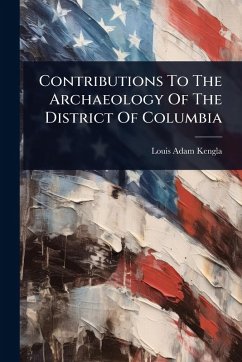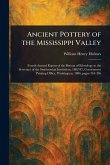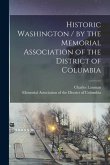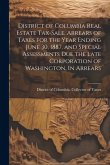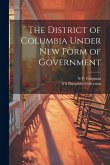"Contributions To The Archaeology Of The District Of Columbia" by Louis Adam Kengla offers a fascinating glimpse into the aboriginal history of the region. This essay, originally presented in 1882 to accompany a collection of relics for the Toner Medal, provides valuable insights into the lives and culture of the native peoples who once inhabited the area now known as Washington, D.C. Kengla's work meticulously catalogs and analyzes the artifacts, shedding light on the social structures, customs, and daily life of these early inhabitants. This historical document is essential for archaeologists, historians, and anyone interested in the early history of the United States. The book serves as a valuable primary source, offering a window into the past and contributing to a deeper understanding of the rich and complex history of the District of Columbia. This work has been selected by scholars as being culturally important, and is part of the knowledge base of civilization as we know it. This work was reproduced from the original artifact, and remains as true to the original work as possible. Therefore, you will see the original copyright references, library stamps (as most of these works have been housed in our most important libraries around the world), and other notations in the work. This work is in the public domain in the United States of America, and possibly other nations. Within the United States, you may freely copy and distribute this work, as no entity (individual or corporate) has a copyright on the body of the work. As a reproduction of a historical artifact, this work may contain missing or blurred pages, poor pictures, errant marks, etc. Scholars believe, and we concur, that this work is important enough to be preserved, reproduced, and made generally available to the public. We appreciate your support of the preservation process, and thank you for being an important part of keeping this knowledge alive and relevant.
Bitte wählen Sie Ihr Anliegen aus.
Rechnungen
Retourenschein anfordern
Bestellstatus
Storno

